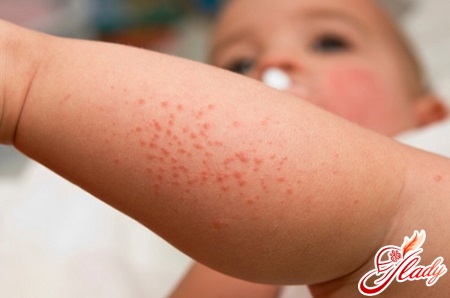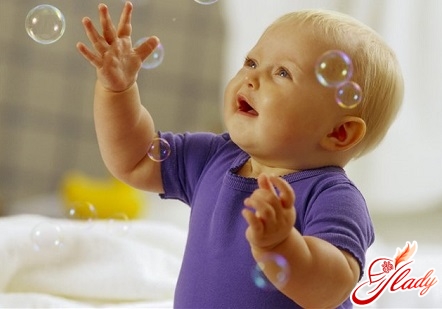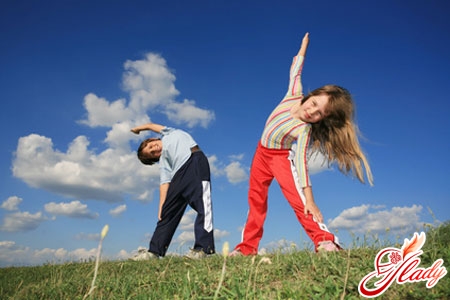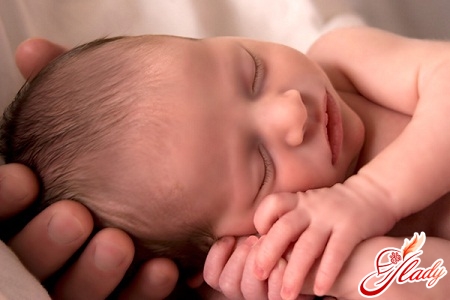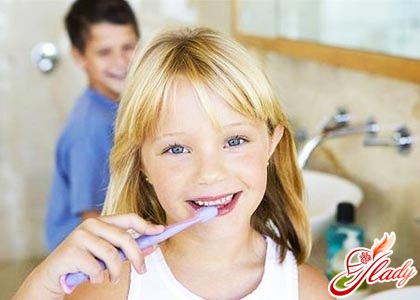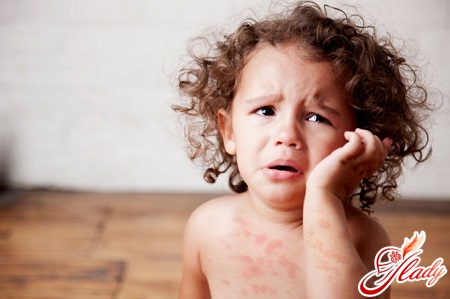
Some parents face a situation wherewhen a child develops a rash on his back. The child almost always complains that his back is very itchy. In any case, with such a symptom it is necessary to contact a pediatrician, but every parent should know what a rash on a child's back may be associated with and what it may mean. There can be quite a few diseases that can be accompanied by a rash on a child's back. But there is a list of the most common diseases that are usually suffered in childhood. These diseases can be divided into several groups: infectious diseases; skin diseases; allergic reaction. The article will help you at least roughly make a preliminary diagnosis (although this is the doctor's job!), determine the possible causes of the rash and assess the severity of the child's condition. This knowledge can help you, on the one hand, not to lose vigilance in the event of a serious illness, and on the other, not to sound the alarm ahead of time. However, remember: do not self-medicate your child and be sure to call a doctor!
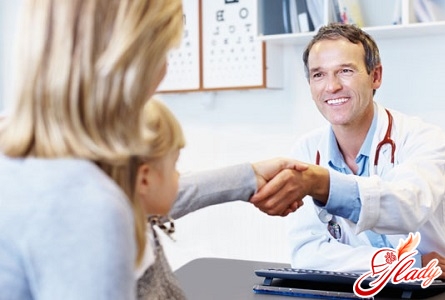
Skin diseases in the child
Let's start with the most harmless group of diseases.These include prickly heat. Infants are especially susceptible to this disease. The symptoms of the disease are as follows: a small pinkish rash appears on the child's body (in particular, on the back, chest, neck and other places where there are sweat glands). The cause of the disease may be either insufficient care of the child, too tight swaddling, or overheating. You can cope with prickly heat on your own. First of all, you need to wash the baby well with soap, change the underwear and clothes and make sure that the baby does not lie in wet diapers for a long time and does not sweat. You can use baby powder in those places where there is a rash. In the future, you need to follow a number of other rules: let the baby's skin breathe, use creams with a non-greasy texture. If the child suddenly sweats, you need to rinse him immediately and change his clothes: this will help prevent the occurrence of prickly heat. You should not be afraid of this disease - it is not an infectious disease and, as a rule, passes quickly. The next disease is not fully related to skin diseases, but many parents are no less afraid of it - these are insect bites. Often, mosquitoes attack a child at a time of year when they are either not yet or no longer thought about: late autumn or early spring. Bites on the child's body appear as spots of a pink or red hue. They appear on open areas of the body, including the back, if the child slept on his side. Mosquito bites themselves are not dangerous, unless the child is allergic to them. The general mood and condition of the child remains the same: he is cheerful and active. Bites are accompanied by a slight itch, which does not bother the baby. If the child has a severe allergy to bites, which is accompanied by severe redness, swelling and itching, then you can give the child an antihistamine (for example, suprastin) and treat the bites themselves with special creams (fenistil gel, psilobalm).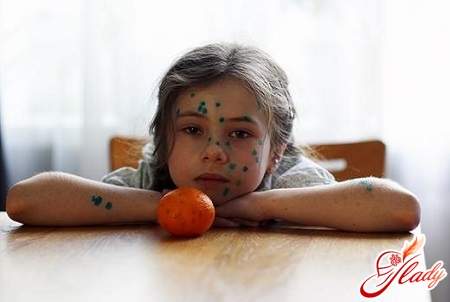
Allergic reactions
Due to various factors, a child mayan allergic reaction may occur, which is accompanied by a rash. Unfavorable ecology, food, the same insect bites, detergents and other hygiene products, bed linen and fillers (feather, down), vitamins, medicines - an allergy can be to anything. Allergic rash among children is a very common phenomenon. An allergic reaction appears on the skin as red spots of irregular shape, itching. The spots are similar to a nettle burn and appear very quickly after contact with an allergen. Moreover, spots can appear anywhere, but often their rash is observed on the back. All this can be accompanied by an upset stomach, itching, lethargy or, conversely, excitement. Usually, rashes are not dangerous in themselves and do not harm the child's health, but provided that allergens are detected and eliminated. Otherwise, a fairly harmless condition can go into a really dangerous phase: swelling of soft tissues (lips, eyes, neck), suffocation. In this case, urgent hospitalization of the child is required. If you have detected an allergic reaction in your child, give him a sorbent (the simplest ones are activated carbon, smecta, filtrum) and an antihistamine (for example, fenkarol, suprastin). Fenistil gel and moisturizer can be applied to the skin. If possible, limit the child's contact with the allergen. And do not delay a visit to a dermatologist, pediatrician or allergist.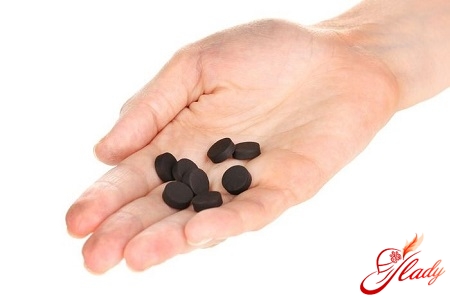
Infectious diseases for children
It is infectious diseases that are the mostdangerous of all three groups of diseases accompanied by a skin rash in a child. These include chickenpox, measles, rubella and others. Let's consider each of these ailments in more detail.
- Chicken pox (chicken pox)
Chickenpox appears as small spots,which after a few hours turn into blisters filled with a clear liquid. Small blisters are located on the back, chest, neck, stomach and limbs. After a couple of days they burst, forming crusts. Treatment consists of lubricating the burst blisters with brilliant green or potassium permanganate (a solution of a saturated color) until the crusts fall off. They cannot be torn off - they must fall off on their own. They leave no traces. Chickenpox is a highly contagious infectious disease, so contact with a sick person guarantees almost 100% that a child who has not yet had chickenpox will become infected. The good thing is that chickenpox is contracted once in a lifetime and it is better if a child has it in childhood: adults tolerate it extremely hard, even fatally.
- Rubella
With this disease, the rash appears not onlyon the back, but also all over the body. Although it is on the back that it is most pronounced. The rash is small pale pink spots, almost the same size, tightly adjacent to each other. Within 4 days, it usually disappears without a trace. Rubella is also accompanied by an increase in lymph nodes in the occipital region and mild symptoms of acute respiratory infections. Children under 1 year are recommended to be vaccinated against rubella, and special treatment in case of infection is not prescribed. However, it should be taken into account that the rash with rubella is similar to measles, so the intervention of an infectious disease specialist is necessary to make a correct diagnosis.
- Roseola
This disease is also called "sudden"exanthema" or "sixth disease". It is accompanied by a high temperature that lasts 4-5 days, while the child's general health remains normal. Then the temperature drops, and a rash spreads throughout the body. It has a soft pink color. After the rash appears, the child does not pose a threat to infect other children. When the child has a fever, antipyretic drugs are given to the child, so the rash is mistaken for an allergic reaction to medications.
- Vesiculopustulosis
The disease manifests itself as a rash of pustular lesionssmall pimples. They appear mainly on the back, and the limbs and head of the child are also affected. The pimples inside are filled with liquid. When they burst, they infect the skin areas that are nearby. It turns out to be a vicious circle. Therefore, it is important to prevent secondary infection: when the blister bursts, it should be immediately treated with brilliant green or potassium permanganate. The skin around the pimples can be treated with alcohol to prevent secondary infection. If the child is sick, do not bathe him.
Dangerous infectious diseases
There are some diseases that require immediate medical intervention, medication and mandatory hospitalization of the child.
- Scarlet fever
Scarlet fever is a once-in-a-lifetime illness.The disease is very contagious, so if you find out that someone in your baby's environment has scarlet fever, be on the alert for the next 7-10 days - this is the amount of time it takes for the disease to manifest itself. It begins with a very high temperature and a sore throat, tonsillitis. The tongue is initially thickly coated with a white coating, then it becomes shiny and red. The rash appears a few hours after the onset of the disease and is located on the back, limbs, and in the folds of the skin it is usually denser. The rash is small, looks like dots. It goes away in a week or a week and a half, after which the feet and palms begin to peel, the skin remains rough and dry. The disease is considered serious, since it can cause complications in the kidneys and heart. It is treated only with medication using antibiotics. In addition, hospitalization is prescribed.
- Measles
The first sign of measles is a rash of largesize and bright color. It appears a few days after the child has become infected. At first, the rash appears on the neck and face, and after 2-3 days it spreads over the back and other parts of the body. Measles is accompanied by high fever, severe cough, runny nose, redness and burning in the eyes, often photophobia. At the beginning of the disease, a rash similar to semolina appears on the mucous membrane of the cheeks. As long as there is a rash on the child's body, he is dangerous to others. Usually on the 4th day the rash goes away, and the child does not pose a danger to others. The danger of measles is, of course, not only in the rash, but in the fact that it can lead to serious complications: measles pneumonia and bronchitis, in extreme cases - meningoencephalitis.




